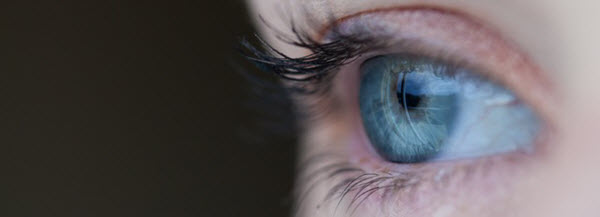Corrective lenses have been around for several years already. Because people are so used to them, they aren’t given as much thought as the newer discoveries. The only time one will probably give them attention is when your eyes start to get blurry.
If that is the case, here are some of the things you need to know about how glasses work.
Different Lenses For Different Problems

Through the pupil, light enters the eyes and gets focused by the lens into the retina. This is how normal eyes work. However, in some cases, these light waves don’t reach the retina correctly and it results in change in vision.
One of the most common reasons for this is the abnormality in the shape of the eye.
When the shape and length of the eyeballs are changed, it can cause poor interpretations of the light waves traveling through the pupil. To remedy this, corrective lenses are used to focus light properly so that the retina and the rest of the eyes can interpret them correctly.
Nearsightedness
Myopia or nearsightedness is caused by images coming into focus in front of the retina. As a result, objects that are close to the eyes appear clear while objects that are held away from the eyes appear blurry.
A convex or positive lens is manufactured to the exact specifications of the wearer’s needs in order to focus the image in the retina. Positive lenses bend the light from the top and the bottom of the lens downward, pushing the focal point farther back into the retina.
Farsightedness
Hyperopia, more commonly referred to as farsightedness, happens when the cornea of a person has a flatter than normal curvature. This causes light to not focus properly. People with hyperopia see things better when they are far away. Any object held close to their eyes can look blurry.
A set of concave eyeglasses are used to correct the issue. They help bend light slightly inward so that they end up in the retina.
Astigmatism
Astigmatism is caused by an oval shaped cornea which distorts light waves. It makes everything look blurry, regardless of how far or near an object is held from the eyes.
The condition requires multiple focal points to be corrected. Typically, cylindrical lenses are prescribed for correction.
See Also: Eye Safety In The Workplace: Effective Ways To Protect Your Vision
What Do All Those Numbers Mean, Anyway?
Frame Sizes
If you’ve ever looked on the inside arm of your glasses, you’ll noticed a set of numbers. Those numbers will give you an idea of the width of your glasses’ bridge, the length of its arms, height of the lens opening and its overall width.
These numbers help determine which frames will best fit your face, both for aesthetics and for optimal vision correction.
Corrective Prescription
Reading a prescription isn’t easy for the average person. It’s full of shorthand that doesn’t really make sense unless you’re really knowledgeable and trained about them.
For example, OD means the right eye while OS refers the left eye. In addition to codes, you also have to understand numbers.
The first number represents the spherical base. A plus or minus sign before that numbers indicates whether it is positive or negative. The second number, on the other hand, refers to the cylinder strength. The third number correlates to the cylinder axis orientation. If there is a fourth number, that will indicate your need of bifocals.
It’s important to be able to understand what these numbers mean as well as their order, especially if you are planning on ordering your glasses online.
See Also: A Guide to Buying Glasses Online
You Don’t Have To Understand Optical Physics
Understanding how your glasses work is great, but you don’t need to have a PhD in optical physics to know that. Since they have been around for a long time, you can find tons of sources that can enlighten you more about them.
To start, you can learn more about how corrective lenses work from this infographic.
Please include attribution to FramesDirect.com with this graphic.